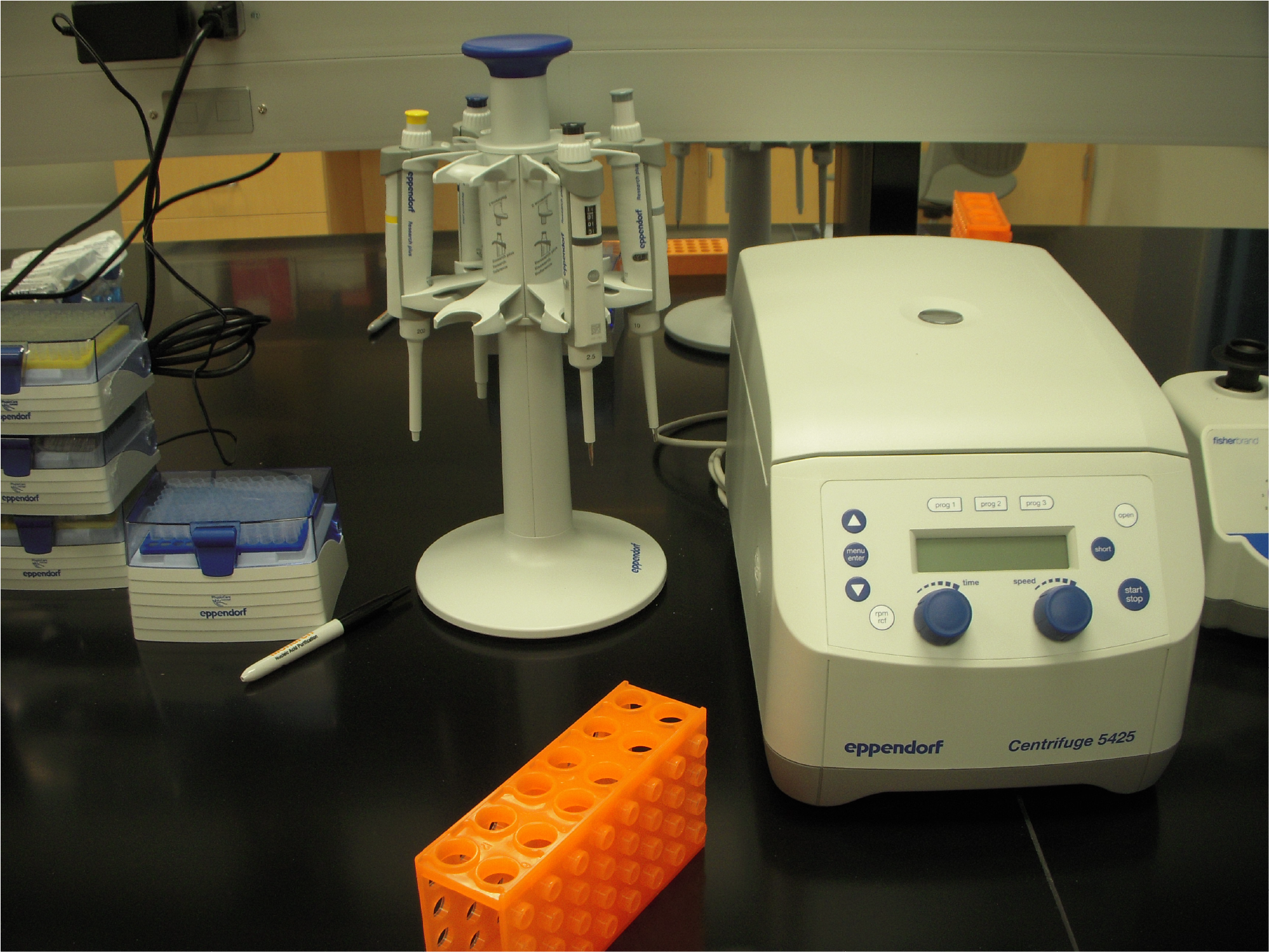12/18/2020 – We discussed Mi Seul, et al.’s paper on AGO3 structure and activity (2017) from the Nakanishi lab, as well as a secondary paper on AGO3 activity (2020) with tyRNAs (tiny RNAs that are 14-17 nts long). My favorite part of the 2017 paper is the beautiful crystal structure of AGO3 + RNA the authors present. It is available on the pdb under the id 5VM9. In addition to their structural studies the authors also show compelling biochemical experiments demonstrating that the AGO3/microRNA complex is capable of cleaving target mRNAs under specific circumstances. Although AGO2 easily binds a wide variety of microRNAs and directs mRNA cleavage based on the microRNA/mRNA interaction, AGO3 was previously thought to be inactive. Any residual activity in AGO3 preparations in biochemical assays was thought to come from contaminating AGO2. By preparing and purifying AGO3 from insect cells the authors clearly show that AGO3 in complex with specific microRNAs can cleave mRNAs. In their most recent publication, Mi Seul, et al., expand their analysis and show that AGO3’s cleavage ability is influenced by the size of the small guide RNA. In comparison to AGO2, AGO3 poorly cleaves mRNAs when it is complexed with a typical microRNA (21-23nt long). However, AGO3 outperforms AGO2 when it is complexed with small guide RNAs (14 nt long). Interestingly the sequence of these cleavage inducing tiny RNAs (cityRNAs) is more important for cleavage than traditional microRNA guided cleavage by AGO2. It remains difficult to determine which mRNAs AGO3 activity might be relevant for, as these papers still only test a handful of microRNAs and similar cityRNAs. We look forward to learning more about the functions of other, less known members of the argonaute family.
Upcoming (12/31/2020): We are reading Bubenik, et al.’s recent paper on deriving RNA structure from low abundance transcripts (i.e. pre-cursor mRNAs) from the Berglund lab.
